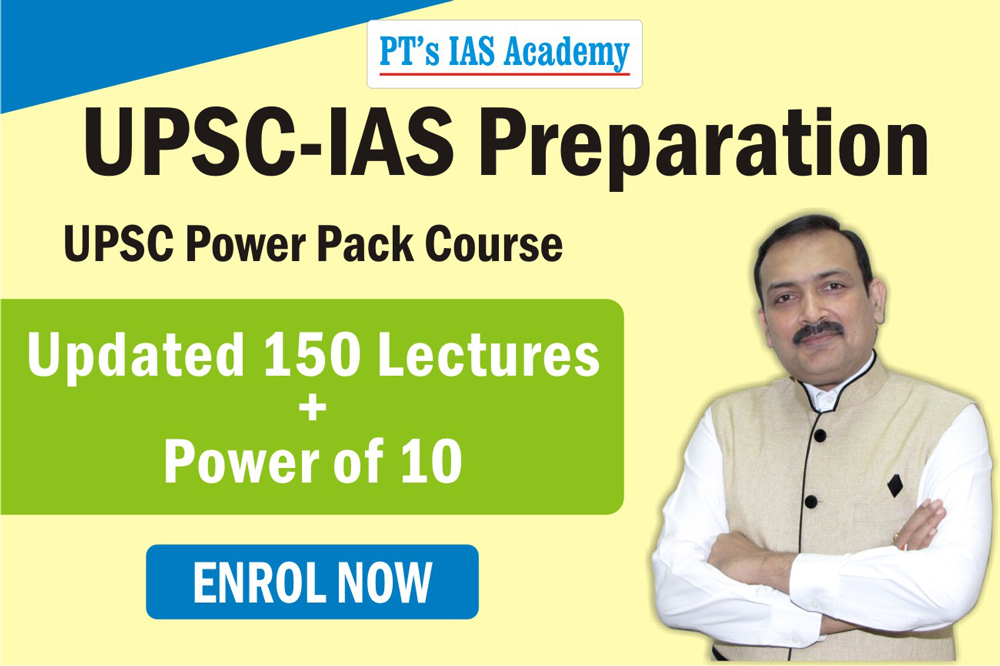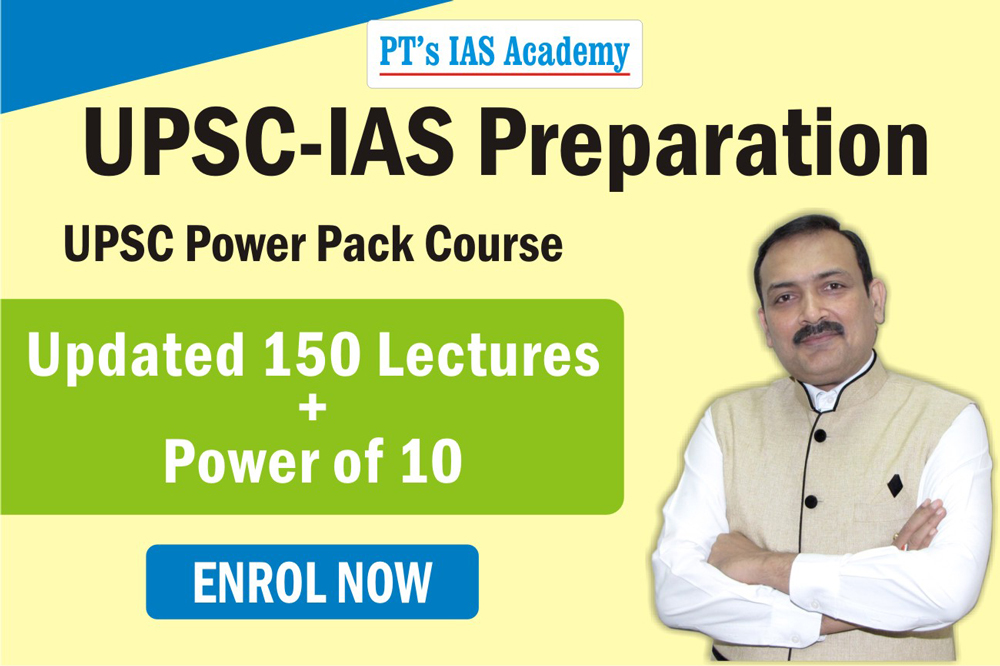An analysis of the problems and structural issues in India's quasi federal system
- The story: The federal structure of India’s Constitution is a democratic imperative of a multi-cultural India. The constituent units of the sovereign state are based on language, against competing identities such as caste, tribe or religion.
- Avoiding conflict: This built-in structural potential for conflict within and among the units, and that between them and the sovereign state, need imaginative federal leadership and sensitive political management.
- The ability of the Indian Constitution to keep its wide-ranging diversity within one sovereign state, with a formal democratic framework is noteworthy.
- With universal adult suffrage and free institutions of justice and governance it is nearly impossible to polarise its wide-ranging diversity within any single divisive identity, even the successful idea of Hindutva
- Despite its operational flaws, the democratic structure and national integrity are interlinked
- The operational problems are now hitting the liberal institutions, undermining the federal democratic structure as recent events show.
- Problems arising: Two problems of 2021 are noteworthy.
- The angry Parliament session in August 2021, where the Rajya Sabha Chairperson broke down unable to conduct proceedings despite the use of marshals, saw the House passing a record number of Bills!
- The cross-border police firing by one constituent State against another, inflicting fatalities, which also resulted in retaliatory action in the form of an embargo on goods trade and travel links with its land-locked neighbour. Such events are becoming quite intense now. Legislative disruption was described by Arun Jaitley (while in Opposition) as a ‘legitimate democratic right, and duty’.
- India's modern democracy: Such incidents show India’s “Post-colonial democracy”, and federalism, as different from their liberal role-models. Rajni Kothari’s “one party dominance” model of the “Congress system” has now been replaced by the Bharatiya Janata Party; Myrdall’s “soft state” is reincarnated in the Pegasus era with fake videos and new instruments of mass distraction and coercion. Galbraith’s “functioning anarchy”, now has greater criminalisation in India’s democracy, which includes over 30% legislators with criminal records, and courtrooms turning into gang war zones; it is now more anarchic, but still functioning, bypassing any “Dangerous Decade” or a “1984”.
- Quasi federal: Federal theorist K.C. Wheare analysed India’s “centralized state with some federal features” as “quasi-federal”. He said the structural faultlines of Indian federalism were not simply operational.
- What is lacking: Democratic federalism needs institutions to ensure equality between and among the units and the Centre so that they coordinate with each other, and are subordinate to the sovereign constitution. Their disputes are adjudicated by an independent judiciary with professional and moral credibility.
- But India’s federal structure is constitutionally handicapped on all these counts
- Institutional preferences are based either on ethnic or kinship network
- India’s federal structure, underpinned on the colonial ‘1935 Act’ which initiated ‘provincial autonomy’, attempted democratising it by: renaming “Provinces” to autonomous “States”; transferring all “Reserved Powers” to popular governance; constitutionally dividing powers between the two tiers; inserting federalism in the Preamble, and Parts 3 and 4 containing citizens’ “Fundamental Rights” and “Directive Principles”; but nothing about States’ rights, not even their territorial boundaries.
- This enabled the Centre to unilaterally alter State boundaries and create new States. The Indian Constitution itself has been amended 105 times in 70 years compared with 27 times in over 250 years in the United States.
- Powers: With ‘nation-building” as priority, the constitutional division of power and resources remains heavily skewed in favour of the Centre; along with “Residual”, “Concurrent” and “Implied” powers, it compromises on the elementary federal principle of equality among them, operationally reinforced by extra-constitutional accretion. While the judiciary is empowered to adjudicate on their conflicts, with higher judicial appointments (an estimated 41% lying vacant), promotion and transfers becoming a central prerogative, their operations are becoming increasingly controversial.
- Who will resolve conflicts: There is no federal chamber to politically resolve conflicts. The Rajya Sabha indirectly represents the States whose legislators elect it, but continue even after the electors are outvoted or dismissed; with no residential qualification, this House is a major source of political and financial patronage for all political parties, at the cost of the people of the State they “represent”. This explains its continuity. Constituting roughly half the Lok Sabha, proportionately, it reinforces the representative deficit of Parliament, which, through the Westminster system of ‘winner-take-all’, continues to elect majority parties and governments with a minority of electoral votes.
- The second chamber is not empowered to neutralise the demographic weight of the populous States with larger representation in the popular chamber; it cannot veto its legislations, unlike the U.S. Senate.
- It can only delay, which explains the disruptions. Joint sessions to resolve their differences are as predicable and comical as the “voice votes” in the Houses. India’s bicameral legislature, without ensuring a Federal Chamber, lives up to the usual criticism: “when the second chamber agrees with the first, it is superfluous, when it disagrees, it is pernicious”.
- Summary: India might want to learn from the mistakes of neighbouring Sri Lanka and Pakistan rather than be condemned to relive them. India’s national security deserves a functional democratic federal alternative to its dysfunctional “quasi-federal” structure, which is neither federal nor democratic but a constitutional “basic structure”.
- EXAM QUESTIONS: (1) Explain what's lacking in Indian quasi-federal system. (2) Comment on the limitations of the present Rajya Sabha system. (3) Is India truly a federal state? What changed recently? Analyse.
#Federalism #Quasifederal #LokSabha #RajyaSabha #majoritarianism
* Content sourced from free internet sources (publications, PIB site, international sites, etc.). Take your own subscriptions. Copyrights acknowledged.
















COMMENTS